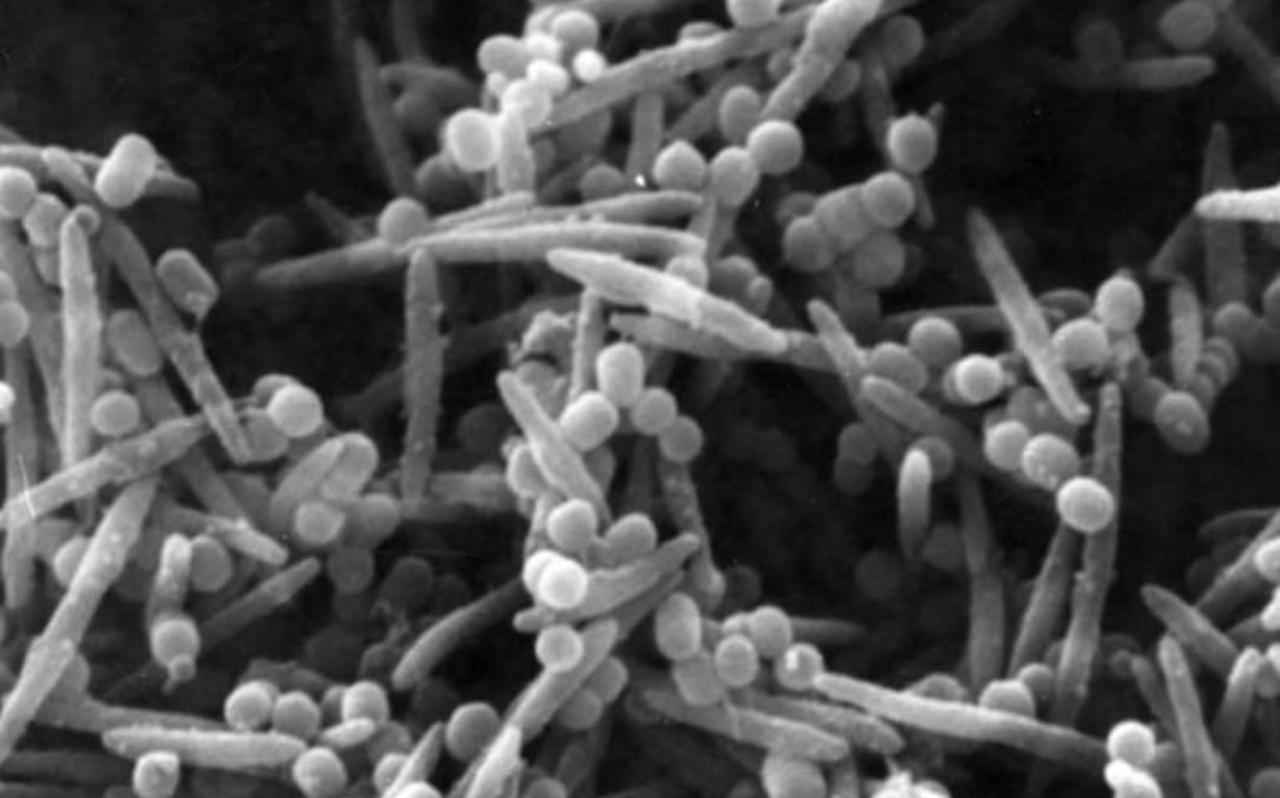
Know your dog’s gut bacteria: the firmicutes phylum

Know your dog’s gut bacteria: Fusobacterium
Carbohydrates, protein, and gut health: F/B ratio
The phylum Bacteroides and Firmicutes are the two most abundant bacterial groups (phylums) commonly found in the intestines of people and dogs. Recent research suggests that while the ratio of the two is important for tracking gut health, we still need to understand their specific impact on your dog.
Many studies have linked the proportions between the two phylums to different health problems, but the emerging scientific picture is complex and controversial. Studies — mostly in humans and mice — have shown that a high F/B ratio, meaning more firmicutes and fewer Bacteroides, is associated with obesity 。 A low F/B ratio, meaning fewer Firmicutes and more Bacteroides, has been associated with chronic bowel disease. On the positive side, the common members of the two phylums have proven to play an important role in maintaining gut health in dogs.
Some researchers believe that these results suggest that the F/B ratio requires a delicate balance that can neither be too high nor too low. It’s a bit like Goldilock: it needs to be just right. Other scientists question the effectiveness of this ratio in predicting any health conditions in humans and dogs.
The relationship between the F/B ratio and nutrition in dogs is also confusing. Studies have shown that many of these Firmicutes and Bacteroides thrive on fiber-rich diets. Studies in humans and mice have found that diets rich in carbohydrates and low in protein tend to support populations of the firmicutes phylum and increase the F/B ratio. In dogs, however, only one paper showed similar results. We still need more research to draw conclusions about the effects of different foods and nutrients on the F/B ratio in dogs.
Much of the problem with using an F/B ratio is that it can describe what happens in a dog’s gut too broadly. The two phylums are broad and diverse, and bacteria belonging to these groups can perform different functions in the gut of different dogs. Another complication is the differences between dogs, from genetics to lifestyle. Therefore, what is considered healthy for one dog may be less important in another.
Given the ambiguous effects of F/B ratios, we only use this parameter as one of many ways to monitor a dog’s gut health – while learning more about more specific bacterial groups and species. The more we know about your dog and his eating habits, the more we can understand the relationship between these two important groups of bacteria – and the food they digest – how it affects your best friend’s health and well-being.




